
One thing I've learned many times over is that not all patents have immediate value. In my experience I would even argue that most patents have no value. That being said I realize that today's seemingly useless patent could change the world tomorrow. Products like the 3D printer (patented in 1986) and the digital camera (patented in 1975) both were decades a head of their time. And while many of my clients dream that their concept is the next great thing more often than not, I am presented with patented concepts that look and sound awesome "on paper" with the reality being that they end up not translating well into physical form. Of course there are many reasons why this will happen with the most common problem being the inventor went straight to patent without making sure to solve any potential design issues in physical form. Can that be fixed? Very often that is a resounding "YES!", but it can also be quite costly. So.... exactly how does that happen? Well, in life I’ve noticed that surgeons like to cut, dentists like drill, mechanics like to replace parts and patent attorneys like to patent. If you go to your patent attorney as the first step, you may be very well skipping some vital and essential steps unknowingly. Here are 3 things to consider doing before filing for you patent.
1) Proof of Concept Prototype
In my 7th grade science class I learned that a hypothesis is technically "an assumption for the sake of argument". In the scientific method, a hypothesis is created before any applicable experiments have been done. So what’s the inventors experiment? …prototypes. One must truly prove that their concept is valid and workable through a process of making one prototype after another. Working out any "bugs" and testing and tackling any physical or technical issues that arise in the process is key. So, lock yourself in the basement with stack of toilet paper rolls, duct tape, rubber bands, glue and whatever it takes to prove that your hypothesis can translate to the physical world. It doesn’t need to look great. At least, not yet. In this early stage, it just needs to work! Once you have it working you can call up your attorney or visit the USPTO site and file your provisional patent application. That will buy you 12 months to iron out any other issues before you file for patent.
2) Design for Costing
So now you have your Frankenstein'd proof-of-concept model and filed for your provisional patent. And yeah, it’s a real eyesore. But so what. It does what it needs to do. Is it ready to patent? Technically "yes", but if you’re working with shallow pockets you can lower your the possibility of adding extra zeros to your attorney's bill by making sure that your prototype does do what it needs to do, AND, it can be replicated and produced for the best possible price. If you don’t streamline your idea now, it may cost a fortune to amend your patent down the road. Often, when developing a product for mass production, we need to change processes, materials, sizes and mechanisms just to be able to have it produced. In addition, the good news is that generally, we can discover ways too greatly improve the product during this phase and those improvement will be vital to your patent. The more claims you site on your patent application the better your chances of getting a patent. If you wait until after your patent is issued you may find yourself spending big bucks amending your patent or worse becoming trapped by the now limiting ways your patent is written.
3) Prototype Again
Now that you have your concept streamlined, it is time to build a proper prototype that looks like/functions like the real deal. If all of your improvements on paper translate well into physical form by the time your provisional patent application matures you are golden! Not only would you have a solid patent, but you would have a product that looks great, functions great and without any costing issues. Ideal for any potential licensee to license or fantastic for any entrepreneur venture.
Originally published in the September issue of Toy and Family Entertainment Magazine. Copyright 2022, Matt Nuccio, all right reserved.
Recent Blogs
Recent Blogs

Biographies and Interviews
Catching up with Eric Olsen, The Inventor of Flip 7 and Co-Creator of Messy Table Games

Reviews
Book Review: Happytecture by Anna Devís & Daniel Rueda
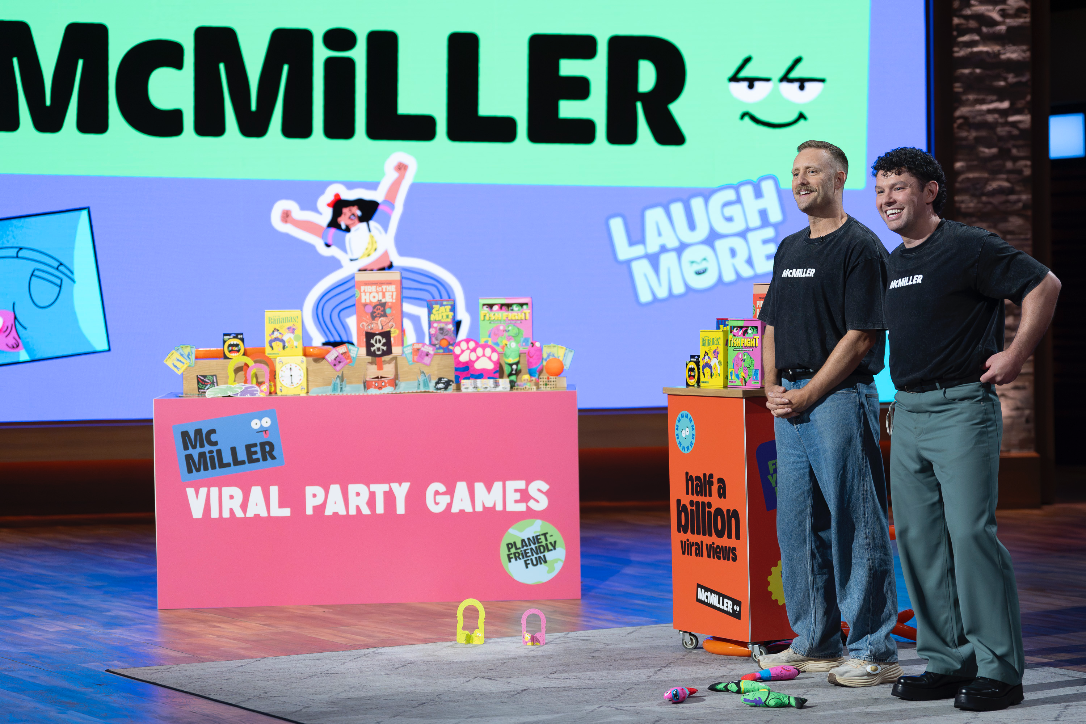
Biographies and Interviews
From Stage Lights to Game Nights: McMiller’s David & Julian on Shark Tank (Dec 10th), Viral Success & Building a Business With Your Husband

Press Release
Leslie Scott (creator of Jenga) announces the launch of BOUNDLESS PLAY

Press Release
New Study Highlights the Importance of Shopping from Trusted Toy Brands & Retailers this Cyber Monday
See more
Recent Wiki
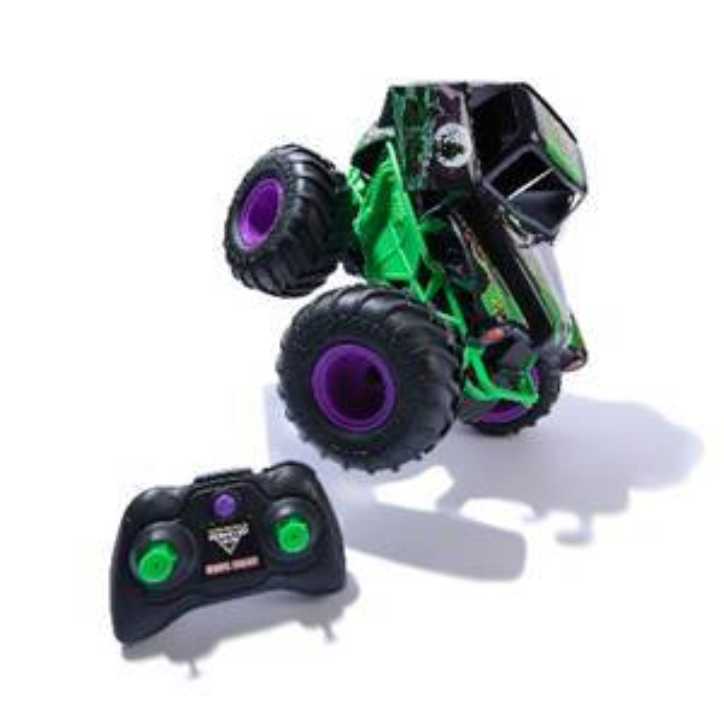
BOOK REVIEWS
Toy Review: Monster Jam Smash & Bash Grave Digger Monster Truck
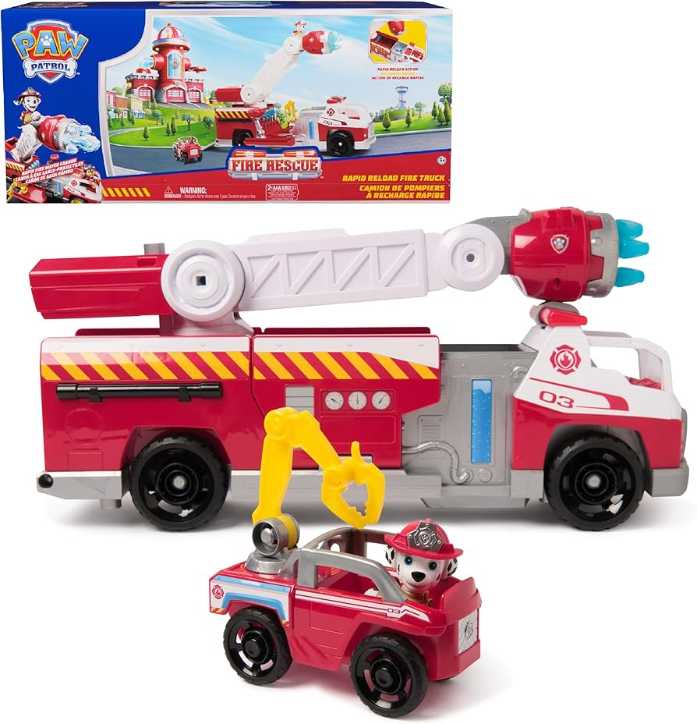
BOOK REVIEWS
Toy Review: Marshall's Rapid Rescue Fire Truck

COMPANIES
Zigazoo Secures Partnership with YouTube Star Like Nastya to Inspire Millions of Kids
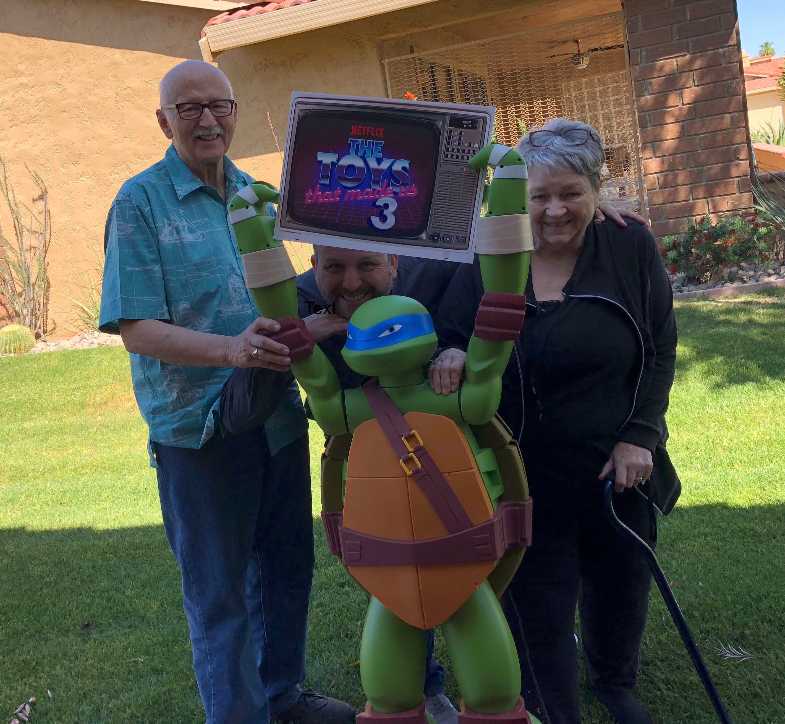
PEOPLE
A Legacy of Play: Inside the Carlson Family’s Multi-Generational Journey Through the Toy Industry
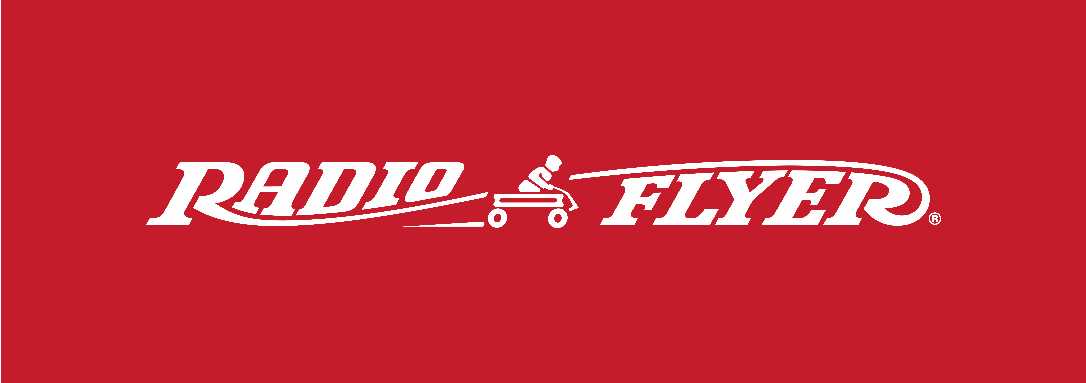
COMPANIES
Radio Flyer Studios Announces the Launch of its First Original Animated Series, Max & Maple: The Can-Do Kids
See more
POP's Got Talent

POP Entertainment
Randy Klimpert Shares his Ukulele Collection

POP Entertainment
Steve Casino Peanut Art

POP Entertainment
Everyone's Talking about POP!

POP Entertainment
Princess Etch - a Multi-Talented Etch A Sketch Artist

POP Entertainment
Joseph Herscher of Joseph' s Machines.
See more
Recent POPcast

Hidden Role: The Brains Behind your Favorite Games
Connie Vogelmann designed Apiary & Wyrmspan!

Hidden Role: The Brains Behind your Favorite Games
Bob Fuhrer... Is THE Crocodile Dentist!

Hidden Role: The Brains Behind your Favorite Games
Tom Dusenberry... Bought Atari, Wizards of the Coast, and Avalon Hill!

Hidden Role: The Brains Behind your Favorite Games
Matt Leacock created Pandemic... the game!

Hidden Role: The Brains Behind your Favorite Games
Scott Brown and Tim Swindle... are Launching a New Sport!
See more
POPDuos

POPDuos: Interviews with Legends and Leaders
POPDuo: Richard Dickson, Mattel’s President & COO, and Kedar Narayan, Young Inventor Challenge AMB

POPDuos: Interviews with Legends and Leaders
POPDuo: Will Shortz and Josh Wardle

POPDuos: Legends and Leaders Explore Creativity
POP Duo: Elan Lee, Co-Founder, Exploding Kittens.and Jeff Probst, Host and Exec Producer, Survivor

POPDuos: Legends and Leaders Explore Creativity
POP Duo: David Fuhrer, MNG Director, Blue Sq Innovations & Shawn Green, past Dodgers & Mets MLB Star

POPDuos: Legends and Leaders Explore Creativity
POP Duo: Bob Fuhrer, Founder, Nextoy and Tom Fazio, Golf Course Designer
See more
















